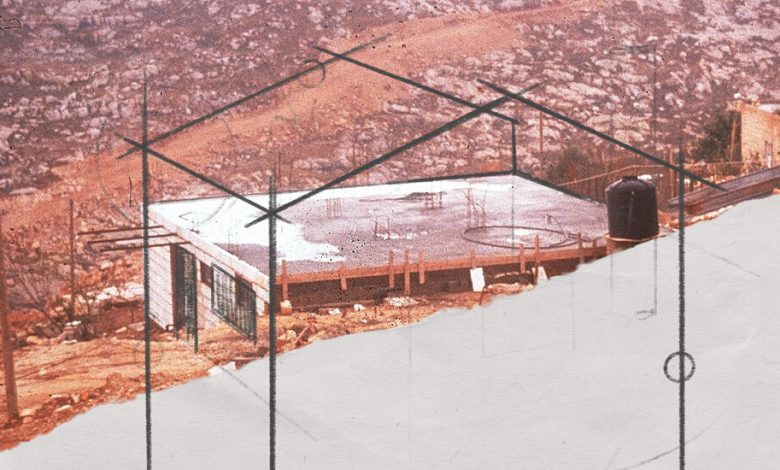A House Is Not a Home

On July 9, 1998, a small house in Anata, a village northeast of Jerusalem, was destroyed for the first time. Home to the Shawamrehs, a Palestinian family of nine, the house was built four years earlier in a part of the West Bank over which Israel has military control. House demolitions occur routinely in this territory, where Palestinians like Arabiya and Salim Shawamreh are denied building permits on land that they have purchased and rightfully own.
This house became a target for repeated demolitions because the family refused to leave. Each time Israeli authorities razed it, the family rebuilt it, alongside volunteers from the Israeli Committee Against House Demolitions. Now known as Beit Arabiya, the house has become a symbol of resilience.
This family’s story exemplifies the precarious nature of life as a Palestinian, whether residing in the homeland or abroad in the diaspora. When I visited Beit Arabiya in 2012 to celebrate its fifth reconstruction, I was fully aware that yet another destruction could be around the corner. As history repeats itself yet again when it comes to displacing Palestinians from their homes en masse, one thing remains clear to me: Although a house can be temporary, the home is permanent.
My definition of “home” is a complex one.Despite the nostalgia I feel whenever I visit my birthplace — Reston, Va., a suburb of Washington — or any of the American cities I have lived in as an adult, they are not places I ever called home. When someone asks me where I am from, I say I am from Jerusalem.
Jerusalem is where I grew up, from about the age of 5 until I graduated from high school. It is where my mother was born, where her parents and grandparents were born and where my most formative memories reside.Jerusalem, with its simultaneous precariousness and stability, is where I learned that physical space shapes who we are. It taught me to understand the material world as a place of perpetual flux, which is fundamental to my work as an architect and educator today.
As a child, I loved wandering around Jerusalem with members of my family, listening to them narrate the city’s storied landscape. An abandoned building abutting an Israeli courthouse used to be a cinema they frequented as teens. An Israeli-owned restaurant stood in what was unmistakably the old home of a Palestinian family. An Israeli highway split neighborhoods that were once connected, severing the West Bank in half and providing a de facto fault line along which illegal settlements were created and expanded. Over several years, I witnessed one of these settlements gradually emerge across my neighborhood. Conversations involved a lot of saying “this used to be” and “that was once.” I spent my childhood conjuring alternate versions of Jerusalem, living between past and present.




